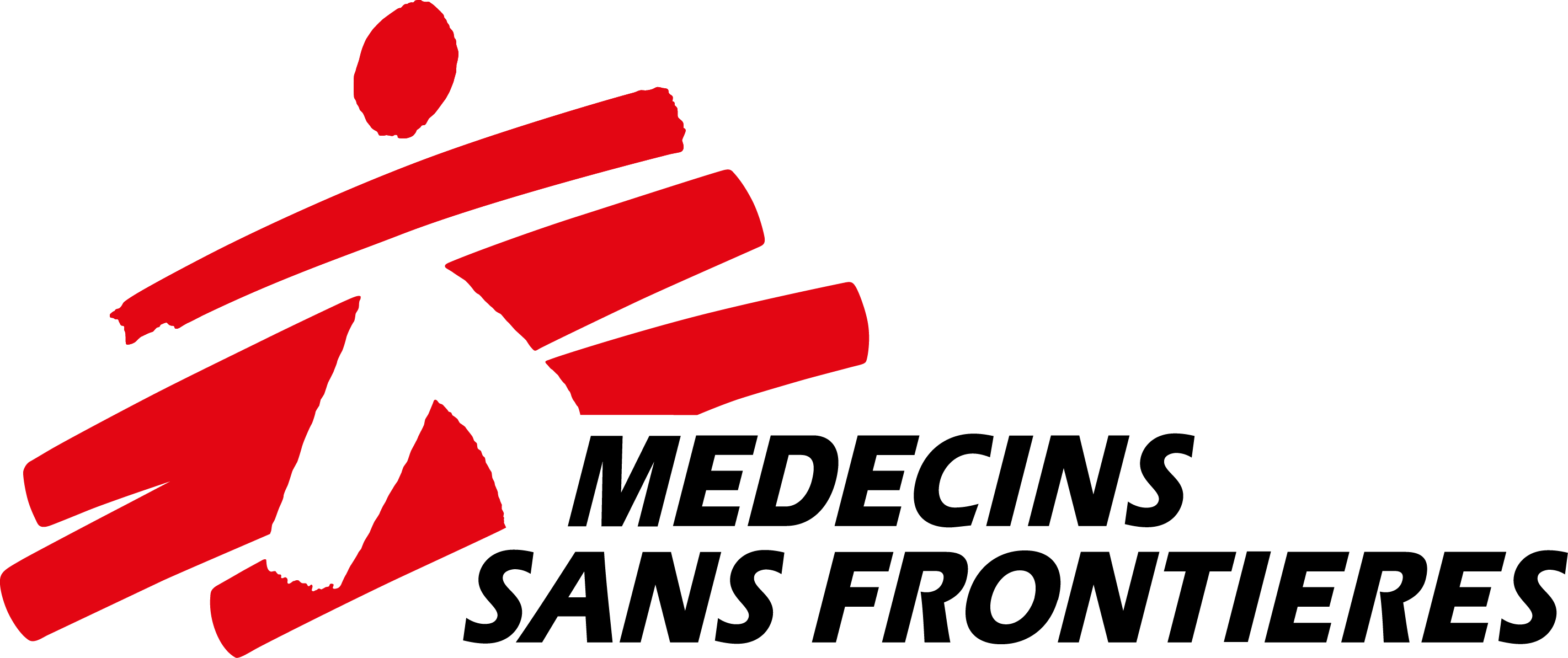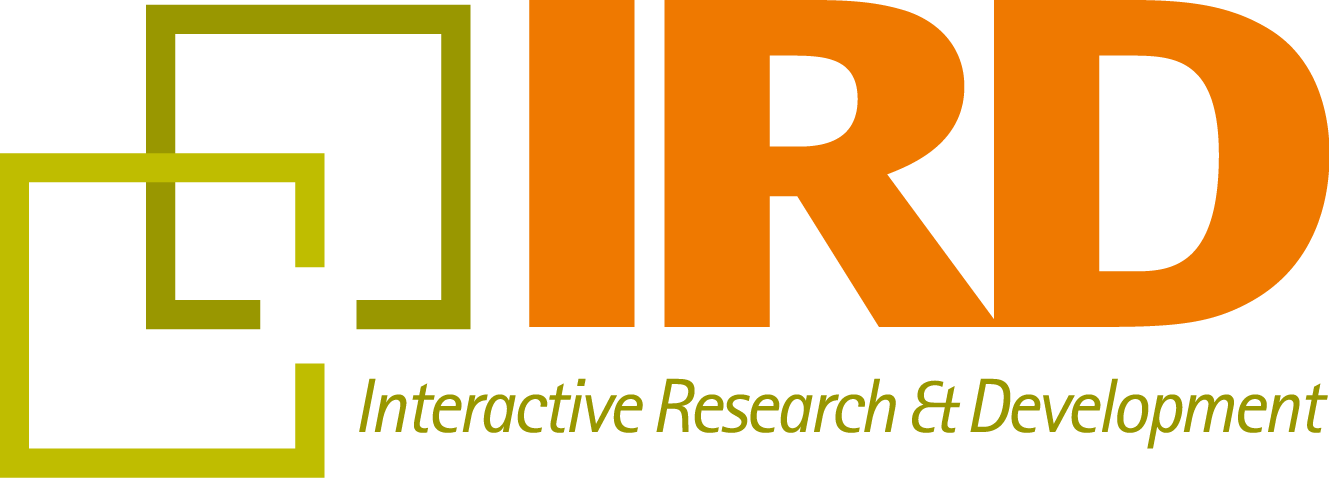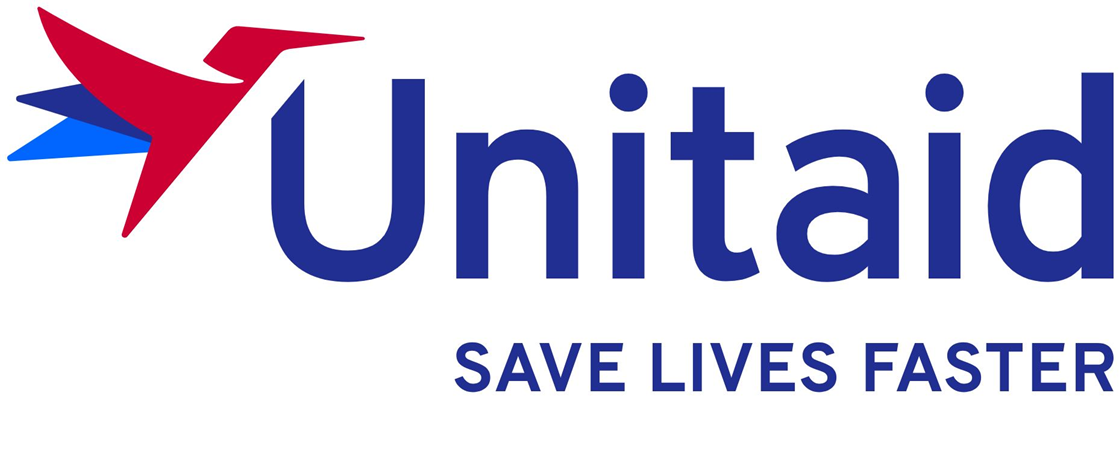Introducing new and repurposed TB drugs: the endTB experience
K. J. Seung, U. Khan, F. Varaine, S. Ahmed, M. Bastard, S. Cloez, D. Damtew, M. F. Franke, K. Herboczek, H. Huerga, S. Islam, H. Karakozian, N. Khachatryan, J. Kliesckova, A. J. Khan, M. Khan, P. Khan, T. Kotrikadze, N. Lachenal, L. Lecca, P. Lenggogeni, S. Maretbayeva, N. Melikyan, A. Mesic, C. D. Mitnick,7 M. Mofolo, C. Perrin, M. Richard,Y. M. Tassew, A. Telnov, S. C. Vilbrun, S. Wanjala, M. L. Rich, C. Hewison
In 2015, the initiative Expand New Drug Markets for TB (endTB) began, with the objective of reducing barriers to access to the new and repurposed TB drugs. Here we describe the major implementation challenges encountered in 17 endTB countries. We provide insights on how national TB programmes and other stakeholders can scale-up the programmatic use of new and repurposed TB drugs, while building scientific evidence about their safety and efficacy. For any new drug or diagnostic, multiple market barriers can slow the pace of scale-up. During 2015–2019, endTB was successful in increasing the number of patients receiving new and repurposed TB drugs in 17 countries. The endTB experience has many lessons, which are relevant to country level introduction of new TB drugs, as well as non-TB drugs and diagnostics. For example: the importation of TB drugs is possible even in the absence of registration; emphasis on good clinical monitoring is more important than pharmacovigilance reporting; national guidelines and expert committees can both facilitate and hinder innovative practice; clinicians use new and repurposed TB drugs when they are available; data collection to generate scientific evidence requires financial and human resources; pilot projects can drive national scale-up.
Access to the full article - http://dx.doi.org/10.5588/ijtld.20.0141
Resource type




